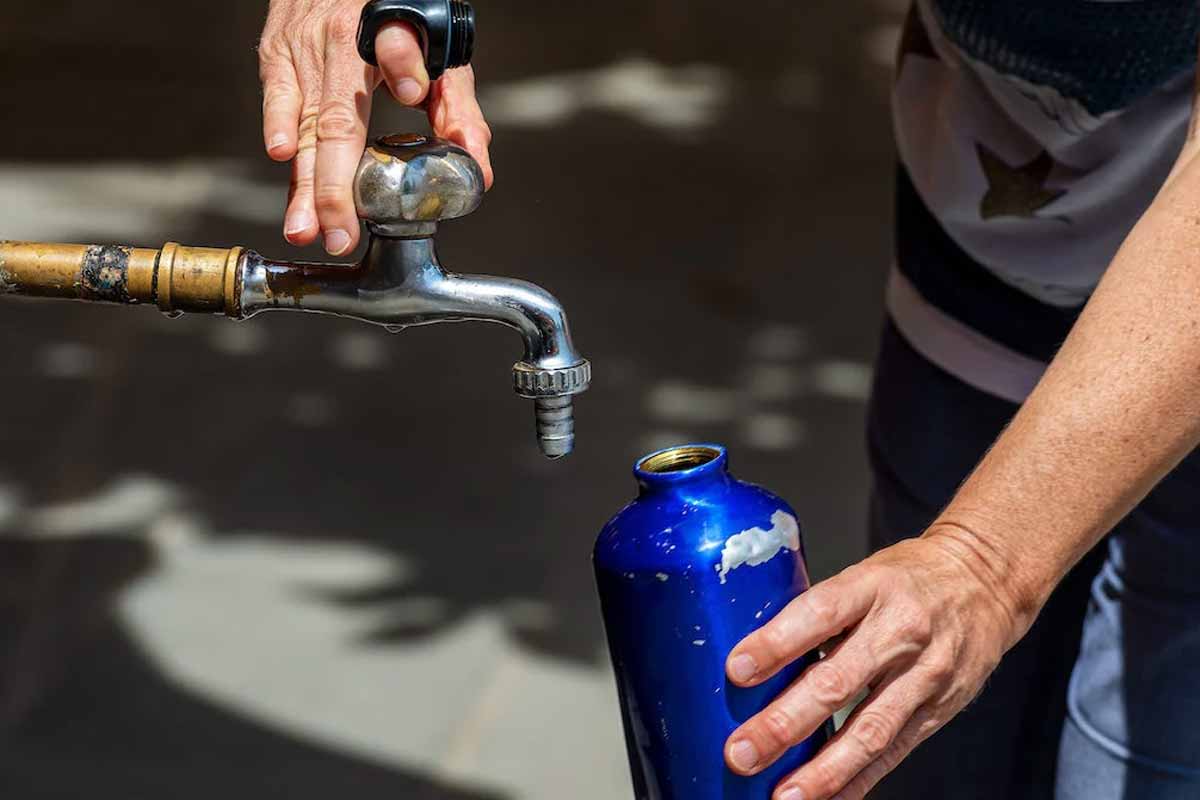You carry a bottle to save money, cut plastic, and stay hydrated, and that’s smart. Yet how you clean and handle it matters as much, because germs travel with hands, rims, and lids. Campus research now shows daily routines quietly decide what survives on and in water bottles, and simple habits can flip the balance back toward safety without sacrificing convenience. Small changes stack up quickly when you refill often and move through busy spaces every day.
What the Purdue team actually measured
Researchers at Purdue asked a clear question: how clean are student water bottles in real use? They collected ninety bottles on campus, logged owners’ filling and washing routines, and tested them that day. The goal wasn’t blame; it was to link ordinary behavior to cleanliness, so people could adjust habits.
They swabbed exterior surfaces with an ATP hygiene test used in food safety. If organic residue remains, the meter lights up. Every exterior failed, including two new controls, which sounds shocking until you map daily touchpoints. Hands move from phones to doors to keyboards to caps, and residue accumulates fast.
Inside surfaces were rinsed, then labs counted bacteria released from walls and lids. Counts are reported as CFU per milliliter, a simple growth number. Many places set drinking water bars around one hundred to five hundred. The team matched these numbers to habits, then looked for patterns people could change.
Why water bottles get dirty fast
Hands and mouths meet the rim, while refills add new contact: caps, counters, faucets, and shared stations. Each touch increases the chance that residue sticks, then microbes find a foothold. The exterior often looks fine because metal, glass, or plastic shines; hidden films hold on during errands, commutes, and workouts.
Frequent refilling correlated with dirtier outsides. It makes sense because every refill multiplies movements between surfaces and the bottle. Phones sit beside sinks, gym benches host bags, and a cap rolls across a desk. Add a quick sip between tasks and the rim becomes a busy crossroads multiple times daily.
The ATP test catches what eyes miss. That glow means food-like residue, skin oils, or drink traces remain. Residue helps cells attach, build communities, and resist removal over time. Even careful people often fail quick screens when lifestyles are mobile, hydration is frequent, and cleaning doesn’t match real-world exposure.
Inside counts and what the numbers show
CFU per milliliter shows how many colonies can grow from a small sip. For drinking water, many bars sit near one hundred to five hundred. Seven in ten bottles exceeded one hundred, two in three topped two hundred, and three in five surpassed five hundred, a level people would avoid.
Coliforms are used as a sanitation red flag. For bottled water, the rule is none detected, no more than one per one hundred milliliters. Here, about one in four bottles broke that limit, and a few were high, signaling conditions that could support more worrying contamination if habits don’t change.
Bacteria need moisture, nutrients, and time. A bottle supplies moisture, while sugary or creamy drinks supply nutrients and sticky films. Counts tended to be lower when bottles carried only water, because fewer residues remained. So using water bottles exclusively for water reduces growth, especially when drying breaks the moisture link.
Cleaning habits that make water bottles safer
Material played a smaller role than design. Glass looked cleaner on quick screens because its surface is smooth and nonporous. Yet narrow necks, flip tops, straws, bite valves, and silicone gaskets create tight spots that trap films. Those places often escape routine scrubbing, so biofilms survive and reseed clean areas.
Frequency helps, yet method decides outcomes. Rinsing leaves sticky films intact, while dishwashers may miss threads or covered parts. Take components apart: lids, straws, valves, and rings. As Carl Behnke notes, we wash dinner dishes properly; with bottles we travel, then often skip steps later, and microbes enjoy the break.
Treat a bottle as a food-contact surface. Use hot water and dish soap, scrub walls with a brush, and work threads with a narrow tool. Clean small parts individually, then air-dry with the cap off. Drying interrupts growth, reduces musty odors, and makes the next fill start from cleaner baseline.
Health risks, daily precautions, and smarter design choices
Infectious-disease context matters. Dr. Yuriko Fukuta explained staph and strep can ride along, and illness can follow when immunity is weaker. A grimy rim turns a bottle into a fomite that ferries microbes from fingers to mouth. Keep that path clean by limiting contamination points and controlling moisture supporting growth.
Practical steps protect spaces and families. Avoid sharing, wash the same day after sweet or creamy drinks, and wipe exteriors when bottles touch public surfaces. Give attention to the rim and cap, as they bridge hands and mouths. These routines keep water bottles closer to their intended role: safe hydration.
Behavior change scales because the habit is already common. The reusable-bottle market was ten billion dollars in 2024, and student surveys show usage from fifty to eighty-one percent. Simple, wide-mouth designs help follow steps. Refills stay convenient while cleaning stays realistic, so touchpoints increase less and hygiene remains within reach.
Keep your bottle sustainable, safe, genuinely clean, every single day
Reuse remains the right choice, and thoughtful care keeps it that way. Pair frequent refills with real cleaning, then let parts dry fully so residues lose their grip. Handle rims mindfully, limit sugary mixes, and disassemble parts often. Replace worn gaskets, choose simpler lids when routines slip, and keep brushes near sinks. With small, steady habits, water bottles deliver what you wanted: safe hydration, dependable taste, and less waste every day.
